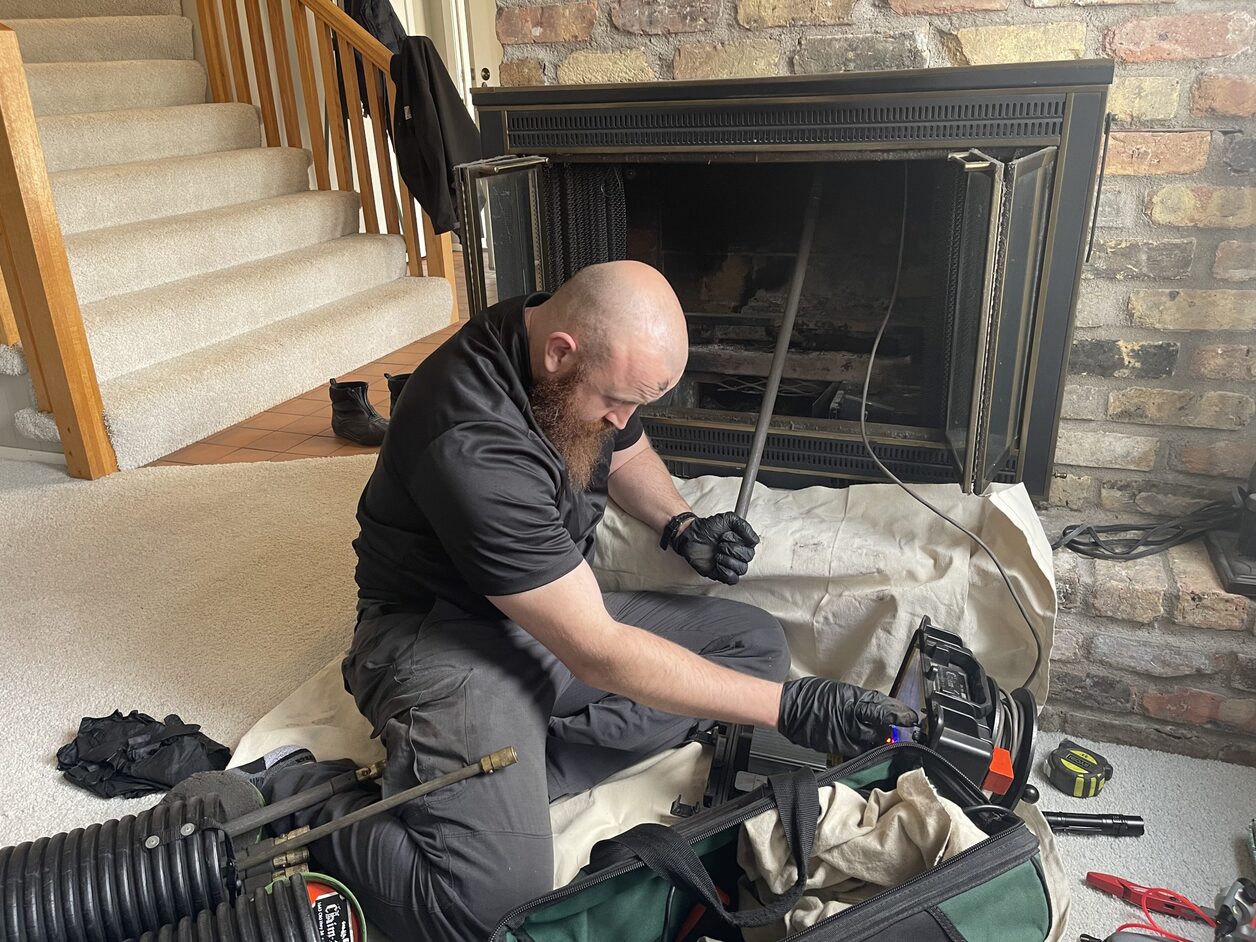

Articles
How Much Does A Fireplace Inspection Cost
Modified: October 20, 2024
Discover how much a fireplace inspection costs and why it's an important investment for your home. Read informative articles to learn more.
(Many of the links in this article redirect to a specific reviewed product. Your purchase of these products through affiliate links helps to generate commission for Storables.com, at no extra cost. Learn more)
Introduction
Welcome to our comprehensive guide on fireplace inspections. Whether you have a traditional wood-burning fireplace or a modern gas fireplace, it is essential to prioritize the safety and functionality of your beloved hearth. One way to ensure that your fireplace remains in good working order is through regular inspections.
A fireplace inspection involves a thorough assessment of the fireplace, chimney, and surrounding components to identify any potential issues or hazards. This inspection is typically performed by a certified professional who has the expertise and knowledge to evaluate the condition of your fireplace.
In this article, we will delve into the importance of fireplace inspections, signs that indicate the need for an inspection, the different types of inspections available, and the cost associated with these services. Additionally, we will highlight the benefits of scheduling regular fireplace inspections to safeguard your home and loved ones.
Now, let’s discover why fireplace inspections are vital and how they can help you maintain a safe and efficient fireplace.
Key Takeaways:
- Regular fireplace inspections are crucial for safety, efficiency, and compliance with building codes. They prevent hazards, enhance performance, and extend the lifespan of your fireplace, ensuring a warm and cozy home.
- The cost of a fireplace inspection ranges from $100 to $300, depending on the type, location, and complexity of the system. Investing in regular inspections is an essential aspect of maintaining a safe and efficient fireplace.
Read more: How Much Does Stove Repair Cost
What is a Fireplace Inspection?
A fireplace inspection is a meticulous evaluation of your fireplace, chimney, and related components by a qualified professional. The purpose of this inspection is to identify any potential issues, hazards, or damage that could affect the safety and functionality of your fireplace. It is recommended to have a fireplace inspection conducted at least once a year, especially before the start of the winter season when you are likely to use your fireplace more frequently.
During a fireplace inspection, the certified technician will thoroughly examine various aspects of your fireplace, such as the chimney structure, flue liner, dampers, chimney caps, and firebox. They will assess these components to ensure they are in good condition and functioning properly. The inspection will also include a check for any signs of creosote buildup, which is a highly flammable substance that can accumulate on the interior walls of the chimney.
The technician will inspect the chimney both from the exterior and interior, using specialized tools and equipment to detect potential issues such as cracks, leaks, or blockages. They will also inspect the condition of the chimney crown, mortar joints, and flashing to ensure they are intact and free from any damage or deterioration.
In addition to the chimney, the inspection will also cover other crucial elements of your fireplace, such as the damper. The damper acts as a barrier between your living space and the chimney, allowing you to control the airflow and prevent drafts when the fireplace is not in use. The technician will test the operation and condition of the damper to ensure it is functioning correctly.
Overall, a fireplace inspection provides a comprehensive evaluation of your fireplace system, allowing you to identify and address any issues proactively. By conducting regular inspections, you can minimize the risk of chimney fires, carbon monoxide leaks, and other potential hazards associated with poorly maintained fireplaces.
Importance of a Fireplace Inspection
Regular fireplace inspections are of utmost importance when it comes to the safety, efficiency, and longevity of your fireplace. Here are several key reasons why fireplace inspections should be a priority for every homeowner:
- Safety: The safety of your home and family is paramount, and a fireplace inspection plays a crucial role in ensuring just that. It helps identify potential hazards such as chimney blockages, cracks, or deteriorated components, which can lead to chimney fires or carbon monoxide leaks. By addressing these issues early on, you can prevent dangerous situations and protect your loved ones.
- Fire Prevention: Over time, a substance called creosote can accumulate inside the chimney. Creosote is highly flammable and can ignite, leading to a dangerous chimney fire. Through regular inspections, the technician will not only clean out any existing creosote but also identify the level of buildup and recommend appropriate actions to prevent fire incidents.
- Efficiency: A properly functioning fireplace is not only safe but also efficient. During the inspection, the technician will check the condition of the flue, dampers, and other components to ensure proper airflow and ventilation. By addressing any obstructions or issues, you can optimize the efficiency of your fireplace, allowing it to generate more heat while reducing your energy consumption and costs.
- Extended Lifespan: Just like any other appliance or structure, regular maintenance and inspections can prolong the lifespan of your fireplace. Identifying and addressing minor issues early on can prevent them from escalating into major problems that may require costly repairs or even replacement of the entire fireplace system.
- Compliance with Building Codes: If you are planning to sell your home or make any renovations, having a recent fireplace inspection report can prove valuable. It shows potential buyers or contractors that your fireplace is in good condition and has been maintained properly, ensuring compliance with building codes and regulations.
Remember, neglecting regular fireplace inspections can result in hazardous situations, reduced efficiency, and costly repairs. By scheduling these inspections, you can enjoy peace of mind, knowing that your fireplace is operating safely and efficiently.
Signs that You Need a Fireplace Inspection
While regular fireplace inspections are recommended, there are certain signs that indicate the immediate need for an inspection. It’s important to be aware of these signs and take prompt action to ensure the safety and functionality of your fireplace. Here are some common signs that indicate the need for a fireplace inspection:
- Strong Odors: If you notice unusual or strong odors coming from your fireplace, it could be an indication of a problem. A musty smell may suggest water leaks or moisture issues, while a strong, acrid odor could be a sign of creosote buildup or even a chimney fire. An inspection will help identify the cause of these odors and address them accordingly.
- Poor Air Quality: If you experience an increase in coughing, sneezing, or respiratory issues when using your fireplace, it could be due to poor indoor air quality caused by a blocked or inefficient chimney. A fireplace inspection can uncover any blockages or ventilation issues, allowing you to address them and maintain a healthy living environment.
- Soot Accumulation: Excessive soot buildup inside the firebox, on the walls, or in the flue is a sign that your fireplace is not burning properly. This could be due to issues with the airflow, damper, or other components. An inspection will help identify the source of the problem and ensure the fireplace is functioning efficiently.
- Deteriorating Masonry: If you notice cracks, loose bricks, or crumbling mortar on the exterior of your chimney or fireplace, it is important to have it inspected. Deteriorating masonry can signal structural issues that need to be addressed to prevent further damage and ensure the stability of your fireplace.
- Restricted Airflow: If you struggle to start or maintain a fire in your fireplace, it may indicate a problem with the airflow. This could be due to a blocked chimney or a faulty damper. An inspection will help uncover the cause of the restricted airflow and allow for necessary repairs or adjustments.
It’s essential to take these signs seriously and not delay in scheduling a fireplace inspection. Ignoring the signs can lead to potential hazards, decreased efficiency, and costly repairs. By addressing any issues early on, you can ensure the continued safe and efficient operation of your fireplace.
Types of Fireplace Inspections
When it comes to fireplace inspections, there are different types that cater to specific needs and situations. Let’s explore the various types of fireplace inspections:
- Level 1 Inspection: A Level 1 inspection is the most basic and common type of fireplace inspection. It is recommended for fireplaces that have been regularly used without any significant changes or issues. During a Level 1 inspection, the technician visually examines the accessible parts of the fireplace, chimney, and surrounding components to check for any visible damage or obstructions. This inspection ensures that the fireplace meets the minimum safety requirements.
- Level 2 Inspection: A Level 2 inspection is a more comprehensive examination that is typically required when there have been changes to the fireplace system or before the sale or transfer of a property. It includes everything covered in a Level 1 inspection, along with additional steps. In a Level 2 inspection, the technician uses specialized tools and equipment to conduct a thorough examination of the internal and external components of the chimney and fireplace. This may involve the use of a video camera to inspect areas that are not easily accessible. Level 2 inspections are recommended after major renovations, changes in fuel type, or if there have been any weather events or seismic activity that could affect the integrity of the chimney.
- Level 3 Inspection: A Level 3 inspection is the most comprehensive and involved type of fireplace inspection. It is necessary when serious issues are suspected within the fireplace system and cannot be properly evaluated using Level 1 or Level 2 inspections. Level 3 inspections may involve removing certain components of the fireplace or chimney to gain access for a thorough examination. This type of inspection is usually carried out if there has been a chimney fire or if severe damage is suspected. Level 3 inspections provide the most detailed and extensive assessment of the fireplace system, helping identify and rectify any significant concerns.
- Annual Maintenance Inspection: In addition to the three levels of inspections, it is recommended to have an annual maintenance inspection performed on your fireplace. This inspection focuses on routine maintenance tasks such as cleaning the chimney, removing creosote buildup, and checking for any minor issues that may need addressing. Annual maintenance inspections help keep your fireplace in top condition, ensure optimal performance, and prolong its lifespan.
It’s important to consult with a certified professional to determine the type of inspection that is appropriate for your specific fireplace and situation. They will assess the condition of your fireplace and recommend the most suitable type of inspection to ensure its safety and efficiency.
It is recommended to have a professional fireplace inspection at least once a year to ensure it is safe and functioning properly. This can help prevent potential hazards and costly repairs in the future.
Read more: How Much Does Muffler Repair Cost
How Much Does a Fireplace Inspection Cost?
The cost of a fireplace inspection can vary depending on several factors, including the type of inspection, the location, the complexity of the fireplace system, and the service provider. In general, the cost of a fireplace inspection ranges from $100 to $300.
A Level 1 inspection, which is the most basic type of inspection, is usually the least expensive option. It involves a visual examination of accessible parts of the fireplace and chimney to check for any visible damage or obstructions. A Level 1 inspection typically costs between $100 and $200.
A Level 2 inspection, which is more comprehensive and involves the use of specialized tools and equipment, is generally more expensive than a Level 1 inspection. The cost for a Level 2 inspection can range from $200 to $300. This type of inspection is required if there have been changes to the fireplace system or before the sale or transfer of a property.
On the other hand, a Level 3 inspection, which is the most detailed and involved type of inspection, is typically the most expensive. The cost of a Level 3 inspection can vary significantly depending on the extent of the inspection and the specific requirements of the fireplace system. It is best to consult with a certified professional for an accurate cost estimate for a Level 3 inspection.
It is important to note that additional costs may apply for any necessary repairs or maintenance tasks identified during the inspection. The technician may provide you with detailed recommendations and cost estimates for any required repairs or improvements to the fireplace system.
Keep in mind that the cost of a fireplace inspection should be viewed as an investment in the safety and functionality of your fireplace. Regular inspections are essential for maintaining a safe and efficient fireplace, preventing potential hazards, and ensuring the longevity of your fireplace system.
It is recommended to contact reputable fireplace inspection service providers in your area to get accurate cost estimates and to inquire about any packages or discounts they may offer for regular maintenance or multiple inspections.
Factors Affecting the Cost of a Fireplace Inspection
The cost of a fireplace inspection can vary depending on several factors. Understanding these factors can help you estimate the cost of the inspection and budget accordingly. Here are the key factors that can influence the cost of a fireplace inspection:
- Type of Inspection: The type of inspection you require will impact the cost. A basic Level 1 inspection is typically less expensive than a more thorough Level 2 or Level 3 inspection. The complexity and extent of the inspection will determine the labor and time required, which can affect the overall cost.
- Location: The geographical location can also influence the cost of a fireplace inspection. In areas with a higher cost of living or where there is a higher demand for fireplace services, the prices may be slightly higher compared to areas with lower costs of living or fewer service providers.
- Size and complexity of the fireplace system: The size and complexity of your fireplace system can impact the cost of the inspection. Larger and more elaborate fireplace systems may require more time, effort, and expertise to thoroughly inspect. This can result in a higher cost compared to smaller and simpler fireplace systems.
- Additional services required: If the technician identifies any issues or recommends additional services during the inspection, such as chimney cleaning, repairs, or maintenance tasks, these extra services will incur additional costs. It’s important to factor in potential additional services when considering the overall cost of the fireplace inspection.
- Service provider: The choice of service provider can also affect the cost of a fireplace inspection. Different companies may have varying pricing structures, expertise levels, and quality of service. It’s important to research and choose a reputable and certified professional who can provide a comprehensive inspection at a fair price.
It is recommended to consult with multiple fireplace inspection service providers and request cost estimates based on your specific needs. This will help you compare prices, services offered, and choose the best option for your fireplace inspection.
Remember that while cost is an important consideration, it should not be the sole determining factor when it comes to fireplace inspections. Quality, expertise, and reputation should also play a significant role in selecting a service provider for your fireplace inspection. Prioritize the safety and functionality of your fireplace, and choose a professional who can ensure a thorough and reliable inspection.
Average Cost of Fireplace Inspections
The average cost of a fireplace inspection can vary depending on several factors, including the type of inspection, location, and size of the fireplace system. However, as a general guideline, the average cost of a fireplace inspection typically ranges from $100 to $300.
A Level 1 fireplace inspection, which is the most basic type of inspection, usually falls on the lower end of the price range. The cost for a Level 1 inspection typically ranges from $100 to $200. This inspection involves a visual examination of accessible parts of the fireplace and chimney to check for any visible damage or obstructions. It is recommended for fireplaces that have been regularly used without any significant changes or issues.
A Level 2 fireplace inspection, which is a more comprehensive examination, falls in the middle of the price range. The cost for a Level 2 inspection can range from $200 to $300. This type of inspection is recommended when there have been changes to the fireplace system or before the sale or transfer of a property. A Level 2 inspection includes everything covered in a Level 1 inspection but also involves the use of specialized tools and equipment to conduct a more thorough examination of the internal and external components of the chimney and fireplace.
It is important to note that a Level 3 fireplace inspection, which is the most comprehensive and involved type of inspection, may exceed the average cost range. The cost for a Level 3 inspection can vary significantly depending on the extent of the inspection and specific requirements of the fireplace system. A Level 3 inspection is typically necessary when serious issues are suspected within the fireplace system and cannot be properly evaluated using Level 1 or Level 2 inspections.
While the average cost of a fireplace inspection provides a general idea of what to expect, it’s important to contact several licensed and reputable service providers in your area to get accurate cost estimates. Factors such as location, the complexity of the fireplace system, and additional services required can all contribute to variations in pricing.
Remember that while cost is a consideration, it’s crucial to prioritize the expertise and reputation of the service provider. Investing in a thorough and reliable fireplace inspection is vital for ensuring the safety, efficiency, and longevity of your fireplace system.
Benefits of Regular Fireplace Inspections
Scheduling regular fireplace inspections is not just a recommended practice, but it also offers several important benefits for homeowners. Here are some of the key benefits of regular fireplace inspections:
- Enhanced Safety: One of the most significant benefits of regular fireplace inspections is improved safety. Inspections help identify potential issues such as creosote buildup, chimney blockages, cracks, or deteriorated components. Addressing these issues early on can prevent dangerous situations such as chimney fires or carbon monoxide leaks, ensuring the safety of your home and family.
- Fire Prevention: Regular inspections help prevent chimney fires. Creosote, a highly flammable substance that can accumulate on the interior walls of the chimney, is a common cause of chimney fires. Through regular inspections, the technician can remove any existing creosote buildup and monitor its levels. They can also provide recommendations on how to minimize its formation, preventing chimney fires before they occur.
- Optimal Performance: A well-maintained fireplace operates more efficiently, providing better heat output and reducing energy consumption. During an inspection, the technician will check the condition of the flue, dampers, and other components to ensure proper airflow and ventilation. This optimization improves performance, allowing your fireplace to generate more heat while minimizing energy waste.
- Extended Lifespan: Regular maintenance and inspections can prolong the lifespan of your fireplace. Minor issues that go unaddressed can escalate into major problems that may require costly repairs or even replacement of the entire fireplace system. By detecting and addressing any issues early on, you can avoid additional expenses and ensure your fireplace continues to function effectively for years to come.
- Compliance with Building Codes: Regular fireplace inspections can help ensure compliance with building codes and regulations. If you’re planning to sell your home or make any renovations, having a recent fireplace inspection report can provide peace of mind to potential buyers, ensuring that your fireplace system is in good condition and has been properly maintained.
It’s crucial to understand that these benefits can only be achieved through regular inspections performed by qualified professionals. Experts recommend having a fireplace inspection at least once a year, ideally before the start of the winter season when you are likely to use your fireplace more frequently. However, if you notice any signs of trouble, it’s wise to schedule an inspection sooner to identify and address any potential issues promptly.
By investing in regular fireplace inspections, you can enjoy a safe, efficient, and long-lasting fireplace that provides warmth and comfort for you and your family.
Read more: How Much Does Ceiling Repair Cost
Conclusion
In conclusion, maintaining the safety and functionality of your fireplace is of utmost importance. Regular fireplace inspections play a vital role in ensuring a safe and efficient fireplace system. By scheduling these inspections, you can identify any potential issues or hazards, prevent chimney fires, enhance performance, and extend the lifespan of your fireplace.
During a fireplace inspection, a certified technician will thoroughly assess various components of your fireplace, chimney, and surrounding elements. They will check for any visible damage, obstructions, creosote buildup, or structural issues. Based on their findings, they will provide recommendations for repairs, maintenance, or improvements that may be necessary.
There are different types of fireplace inspections available, ranging from basic Level 1 inspections to more comprehensive Level 2 and Level 3 inspections. The cost of a fireplace inspection can vary depending on factors such as the type of inspection, location, size of the fireplace system, and additional services required.
Regular fireplace inspections offer numerous benefits, including enhanced safety, prevention of chimney fires, optimal performance, and extended lifespan of your fireplace. They also help you comply with building codes and provide peace of mind for potential buyers if you plan to sell your home.
Remember, neglecting regular fireplace inspections can lead to hazardous situations, decreased efficiency, costly repairs, and potential damage to your property. It is recommended to schedule a fireplace inspection at least once a year or sooner if you notice any signs of trouble.
Investing in the safety and functionality of your fireplace through regular inspections is an essential aspect of maintaining a warm and cozy home. So take the necessary steps to ensure your fireplace is in good condition and enjoy the comfort and ambiance it provides for years to come.
Frequently Asked Questions about How Much Does A Fireplace Inspection Cost
Was this page helpful?
At Storables.com, we guarantee accurate and reliable information. Our content, validated by Expert Board Contributors, is crafted following stringent Editorial Policies. We're committed to providing you with well-researched, expert-backed insights for all your informational needs.
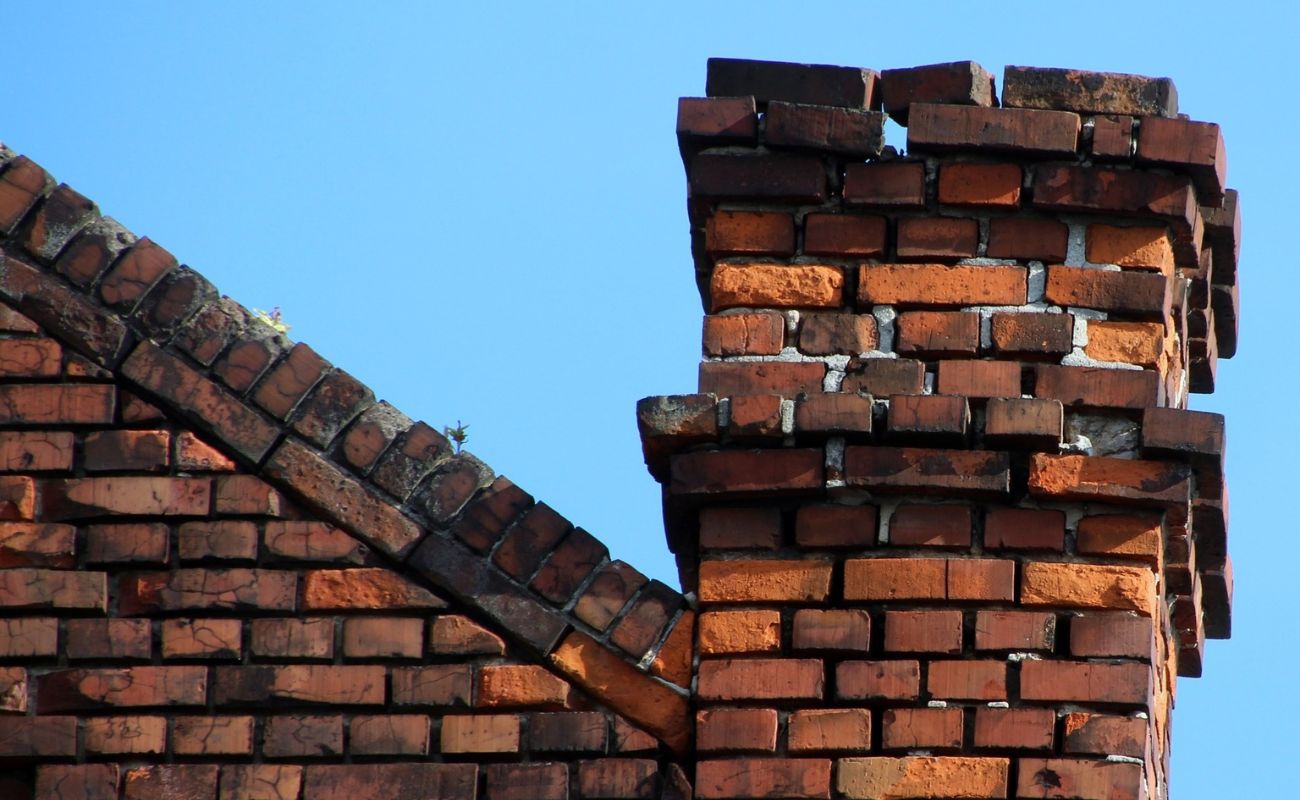
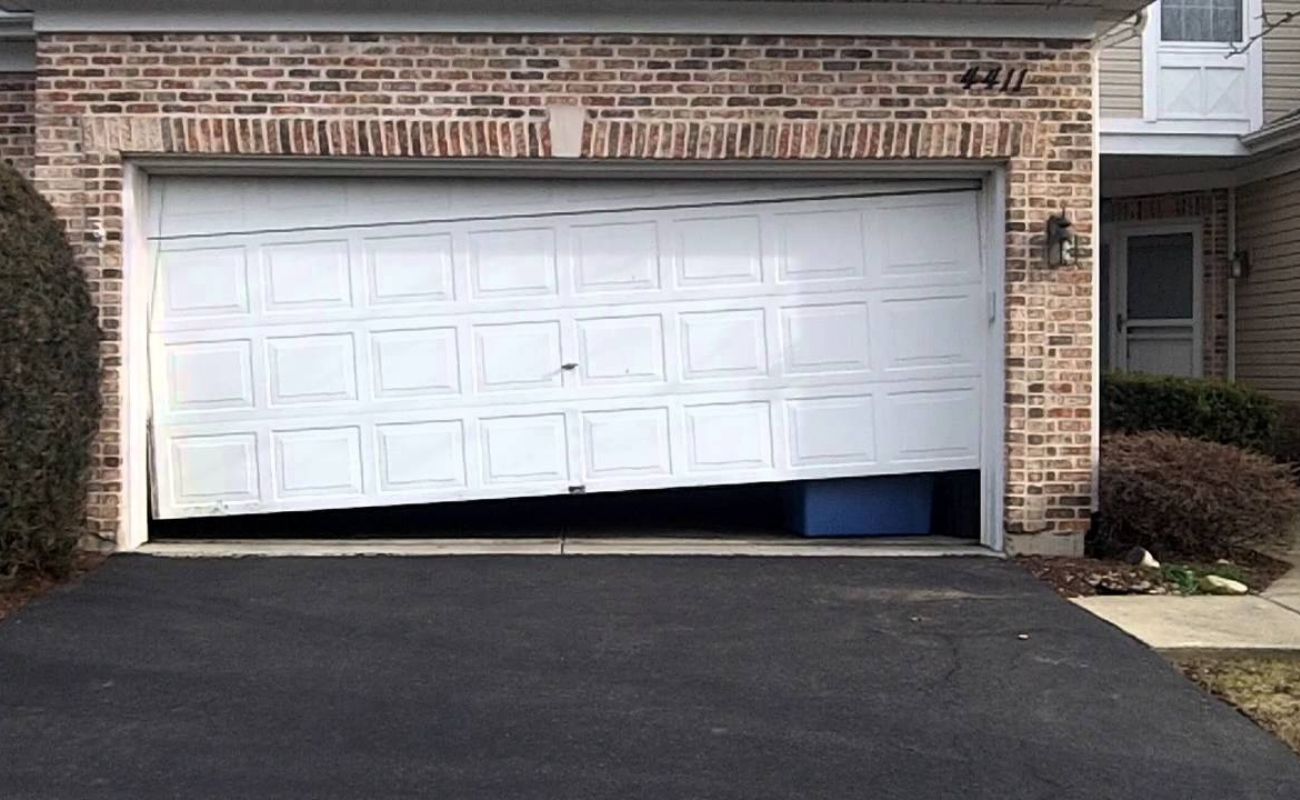
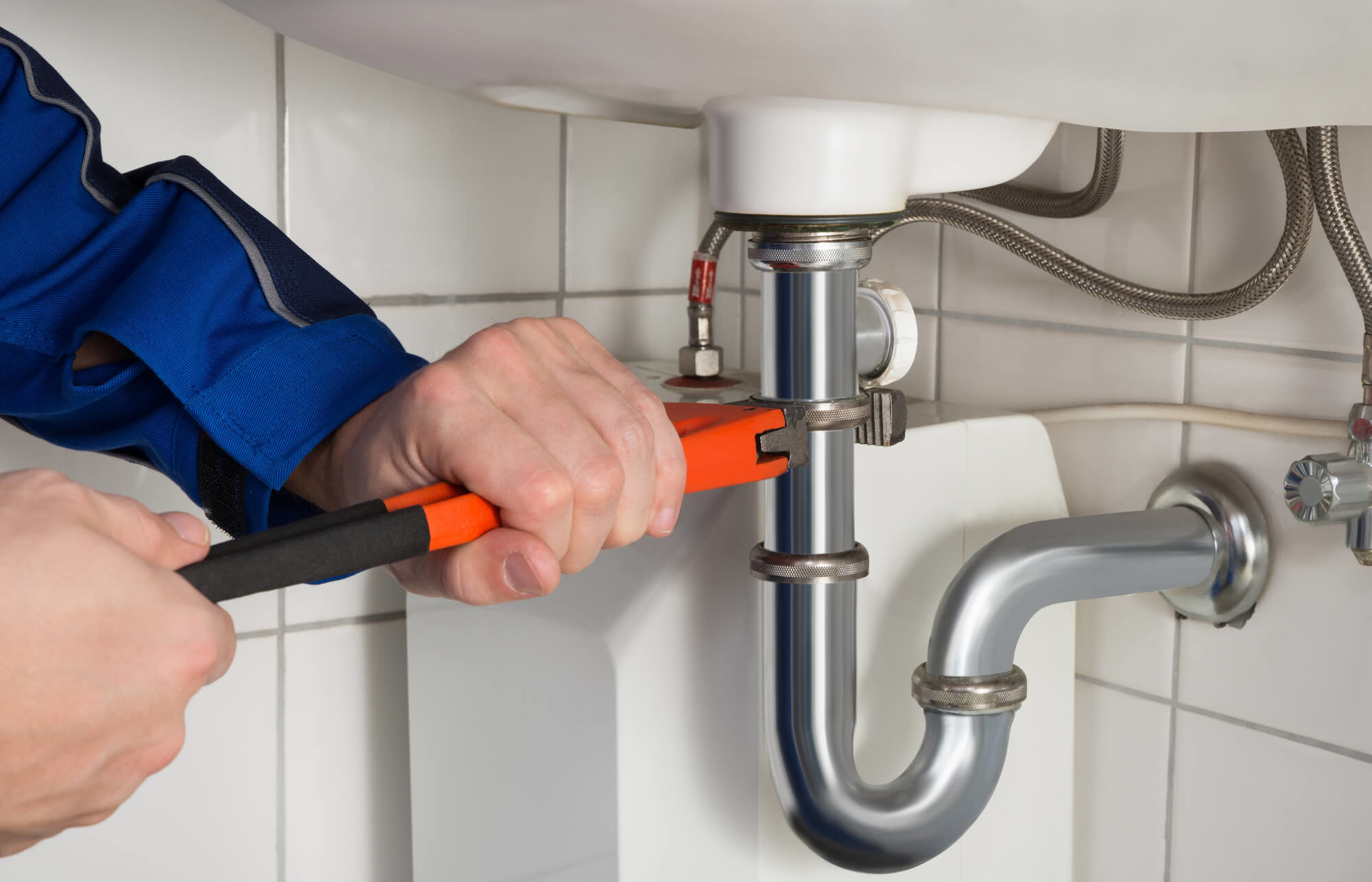
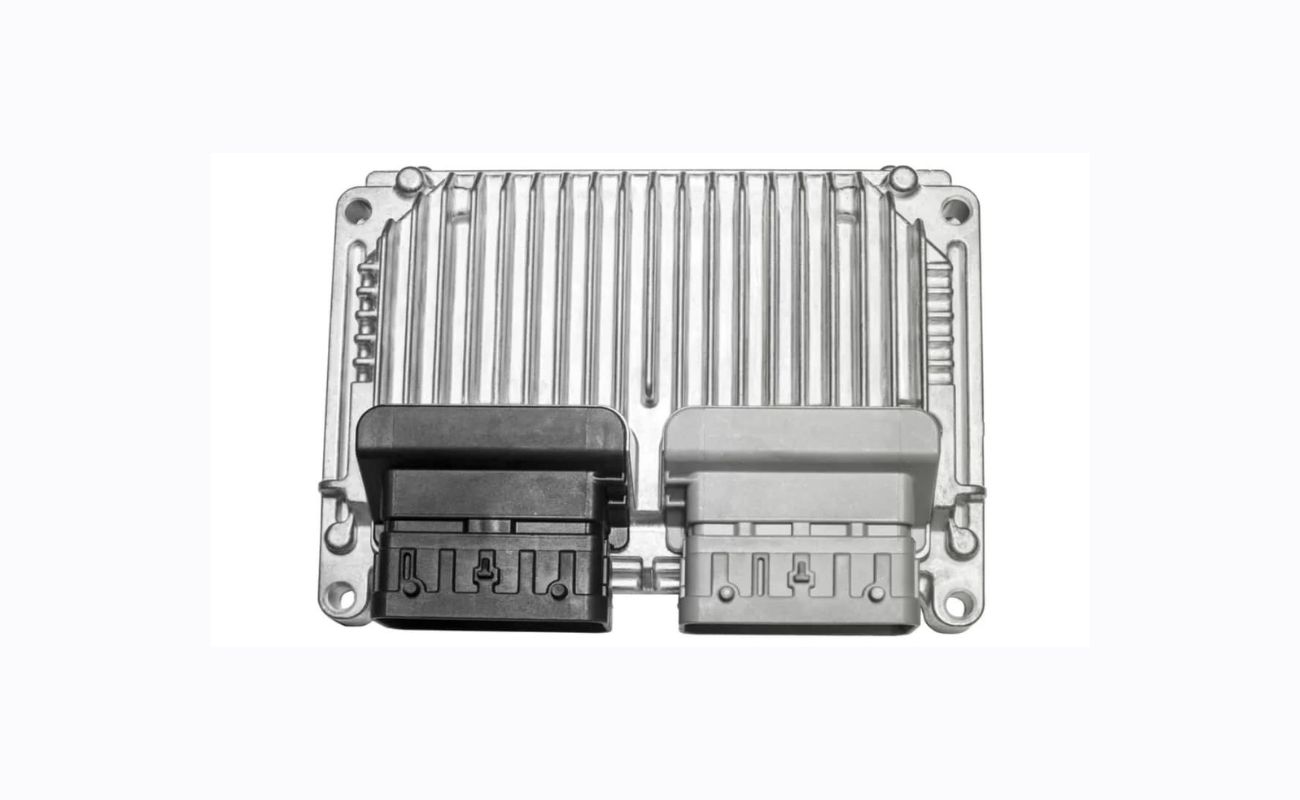

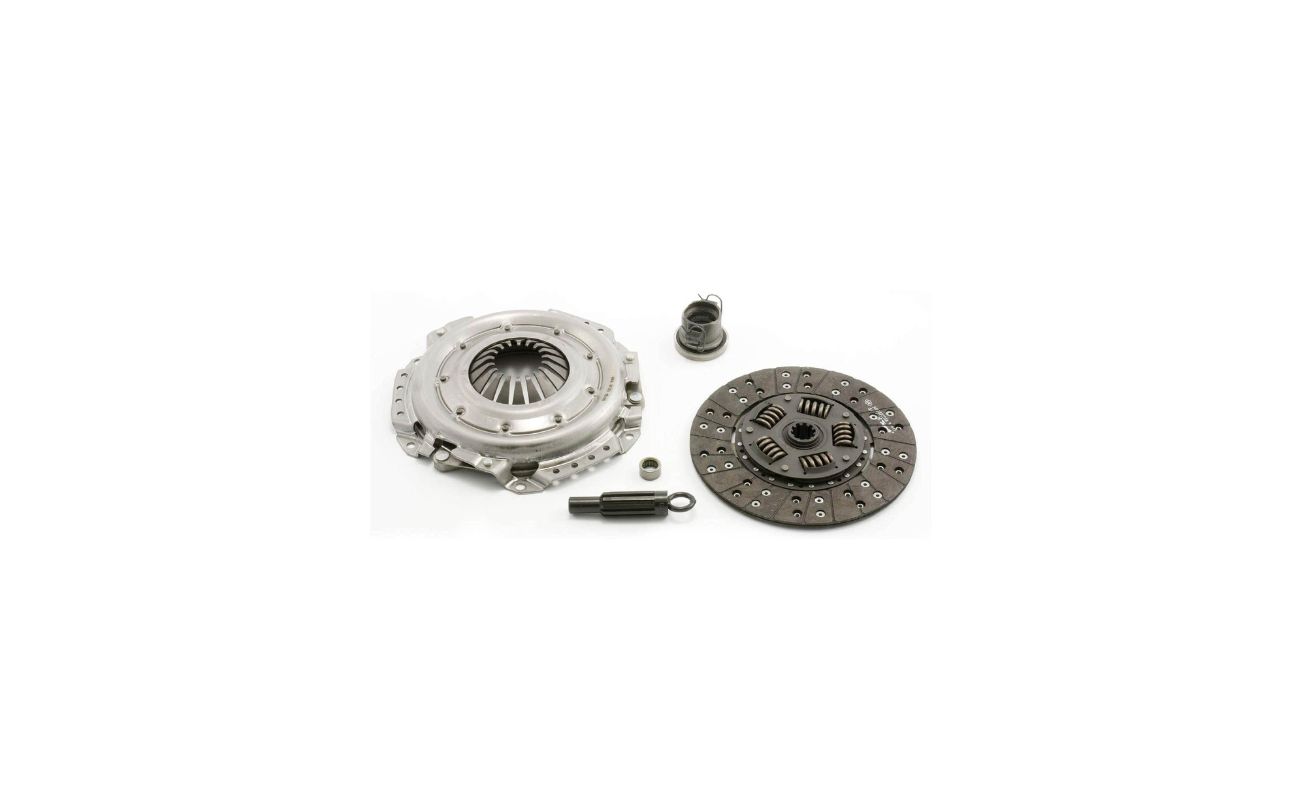

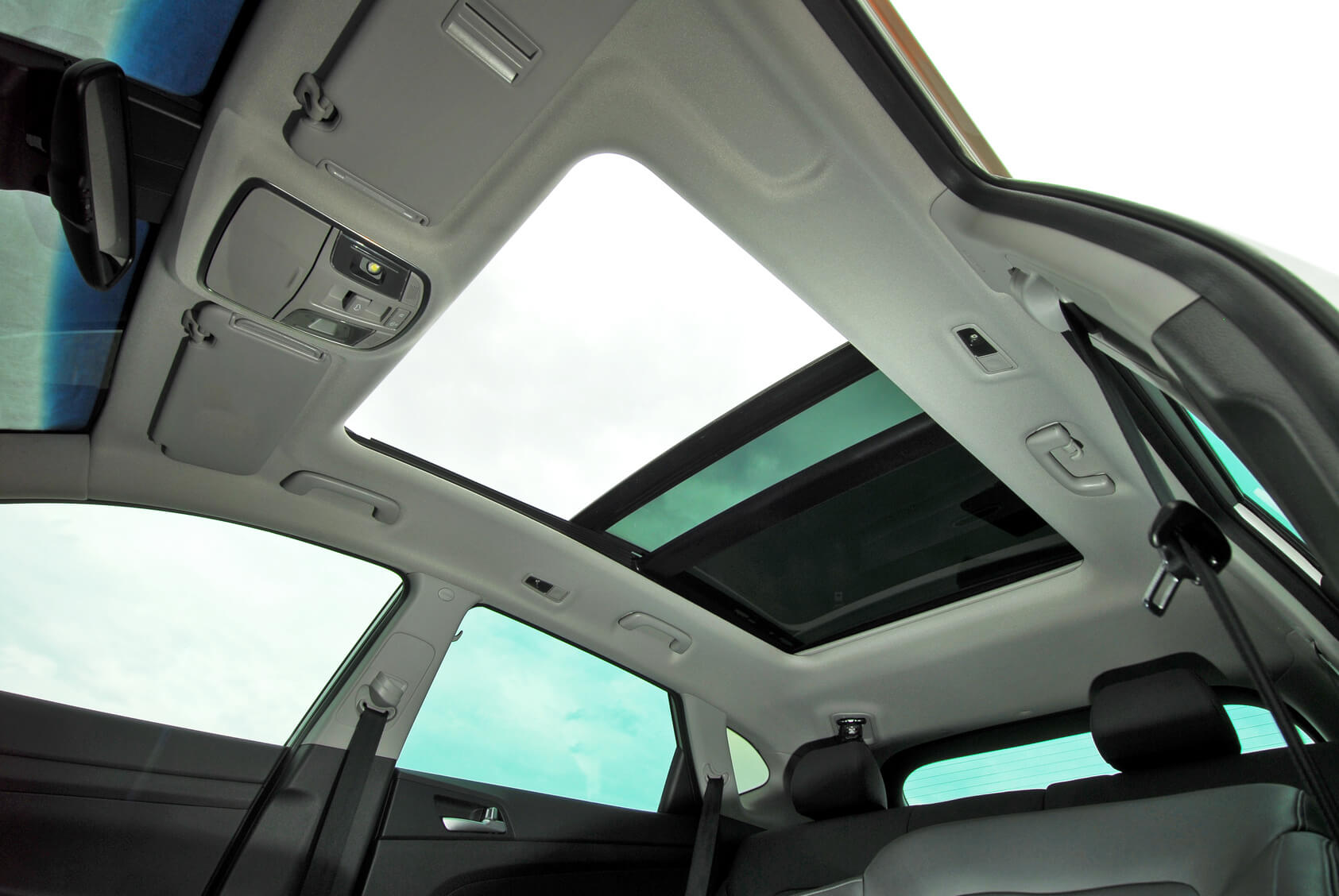

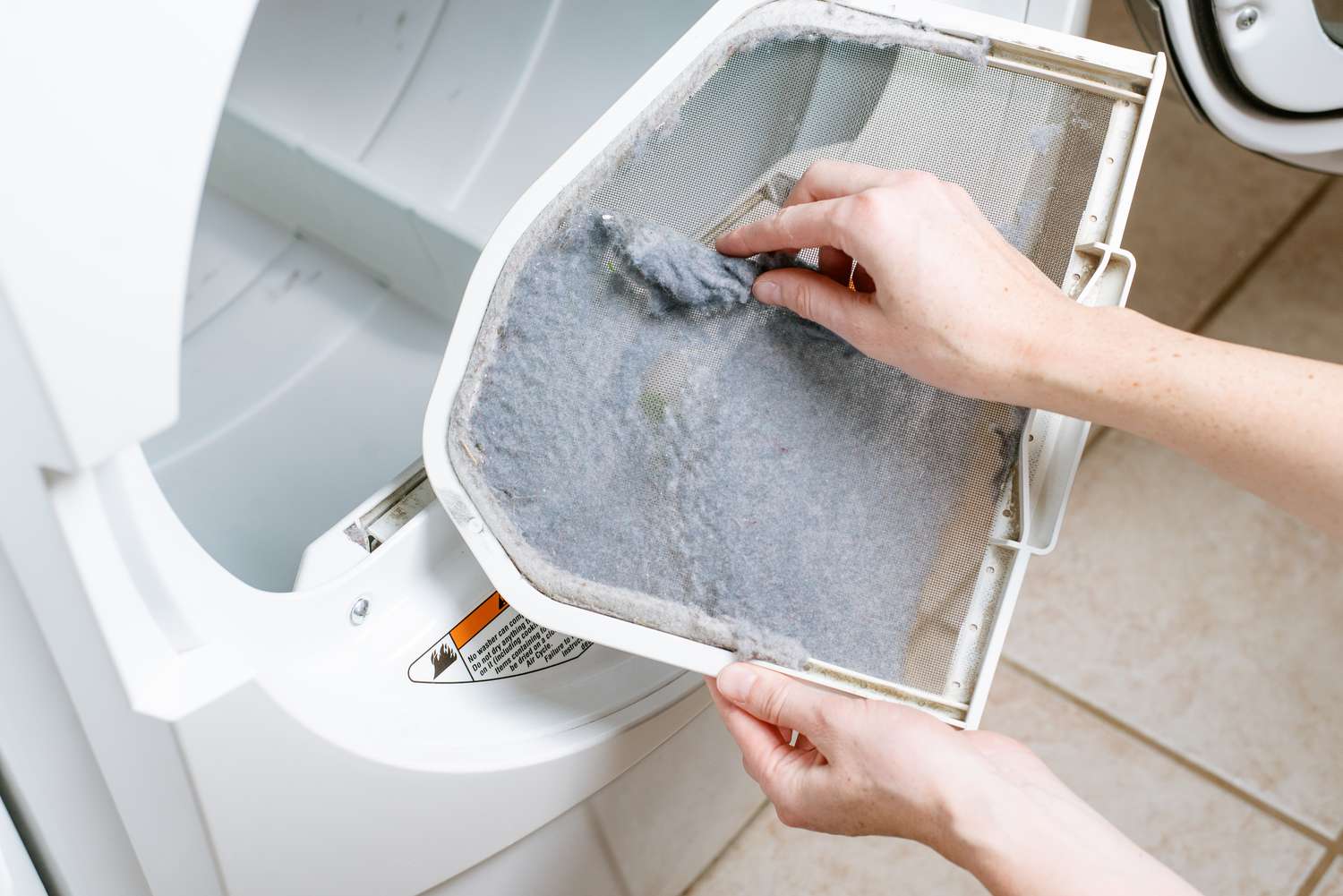

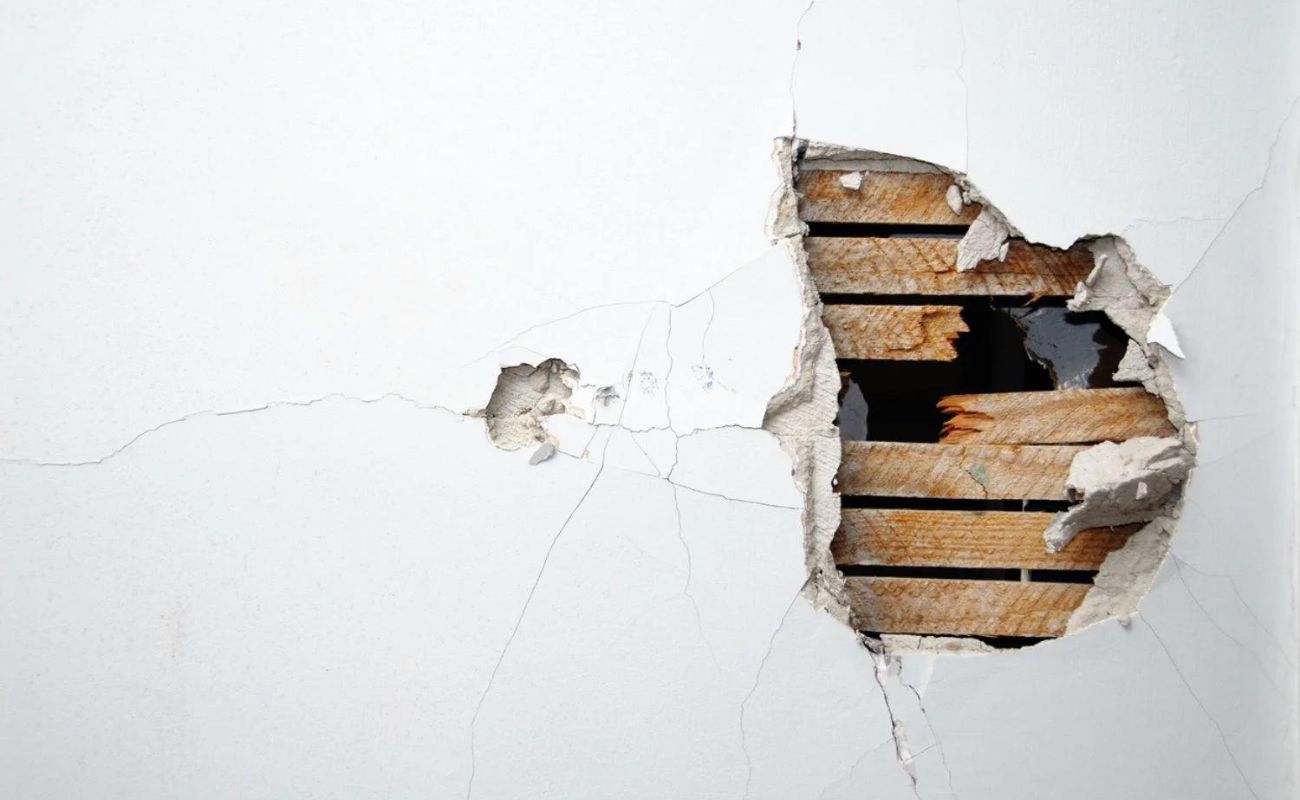


0 thoughts on “How Much Does A Fireplace Inspection Cost”